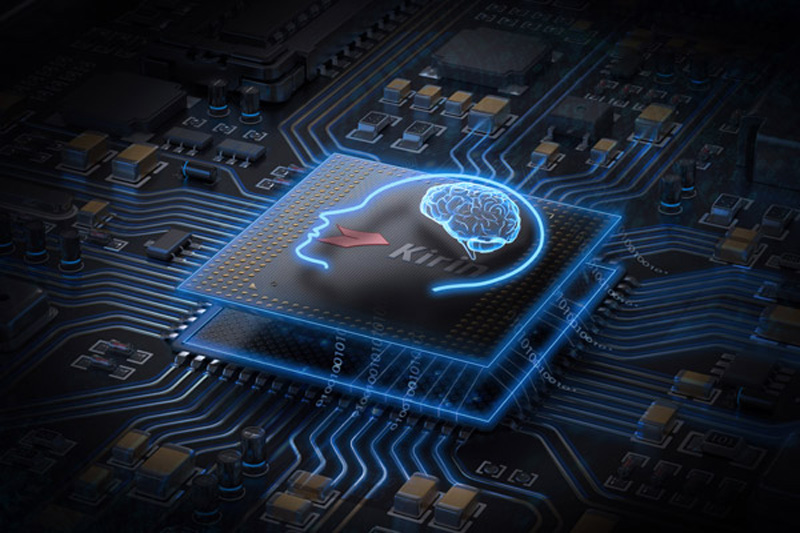Huawei Unveils Kirin 970 AI Computing Platform

Huawei CEO Richard Yu announced the company’s new Kirin 970 SoC (system on a chip) with built-in AI capabilities at IFA, Europe's biggest tech show held each year in Berlin.
The Kirin 970 features an 8-core processor with a 12-core GPU manufactured by TSMC using a 10nm process. The chipset is equipped with four ARM Cortex-A73 cores running at 2.4GHz and four ARM Cortex-A53 cores running at 1.8GHz. This chipset is also the first commercial SoC to use the the Mali-G72 second generation Bifrost-based GPU from ARM.
The chipset features a total of 5.5 billion transistors, and is the first SoC to have a dedicated Neural Processing Unit (NPU). This means the Kirin 970 chipset will offer on-device AI, as opposed to phones that need to be online for AI interaction. All these features are packed into a chipset that measures just 1cm².
Yu said:
As we look to the future of smartphones, we're at the threshold of an exciting new era. Mobile AI = On-Device AI + Cloud AI. HUAWEI is committed to developing smart devices into intelligent devices by building end-to-end capabilities that support coordinated development of chips, devices, and the cloud. The ultimate goal is to provide a significantly better user experience. The Kirin 970 is the first in a series of new advances that will bring powerful AI features to our devices and take them beyond the competition.
The company claimed that, due to the Kirin 970's heterogeneous computing architecture, this new chipset can perform AI computing tasks up to 25x faster with 50x greater efficiency than a quad-core Cortex-A73 CPU alone. To demonstrate the processing power of this chipset, Huawei offered up the results of a benchmark image recognition test showing the Kirin 970 processing 2,000 images per minute.
Huawei said at its IFA keynote that the Kirin 970's chipset and mobile AI platform will be open to developers and partners around the globe.The company plans to use its flagship processor to power its upcoming Mate 10 series phones, which are set to be unveiled on October 16.
Get Tom's Hardware's best news and in-depth reviews, straight to your inbox.
Steven Lynch is a contributor for Tom’s Hardware, primarily covering case reviews and news.
-
Josh_killaknott27 Same Company that is State owned by the CCP, im sure it was based of previously stolen Intellectual property. Toms, maybe do an article on Chinas cyber espionage.Reply -
bit_user Replythis new chipset can perform AI computing tasks up to 25x faster with 50x greater efficiency than a quad-core Cortex-A73 CPU alone.
Silly comparison ...but of course they all do that to make their new tech sound more impressive. The A73 only has 128-bit vector units - the real compute horsepower is in the GPUs, which is what people traditionally use for accelerating neural network processing.
Anyway, Qualcomm's SoCs feature a multi-core DSP block that is among the resources harnessed by their Zeroth software to accelerate neural processing. So, it's not a dedicated hardware block, but rather a multi-purpose engine that can also help with other tasks.
It'd be nice if everyone would support a benchmark like DeepBench, so we could make meaningful comparisons. Right now, we're still in the hype phase.
-
bit_user Reply
It's not an unwarranted accusation (Huawei's routers ran a stolen copy of Cisco's IOS, at one time), but most deep learning hardware isn't as exotic as it sounds. I'd have no problem believing it's entirely homegrown.20144124 said:Same Company that is State owned by the CCP, im sure it was based of previously stolen Intellectual property.
Remember, US tech companies have outsourced chip layout and design to China for more than a decade. Plenty of time to help develop their domestic workforce. Plus, their government has been pouring money into their universities and semiconductor industry.
Anyway, what actually worries me most about the domination of Chinese SoCs is the potential for their government to plant backdoors. Primarily, for spying on their own citizens. But, once the backdoors are there, they can also find other uses.